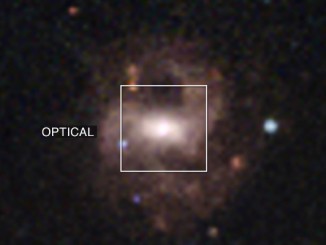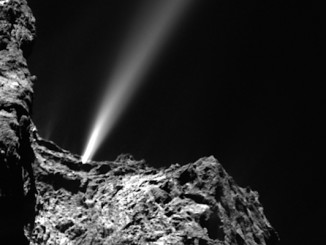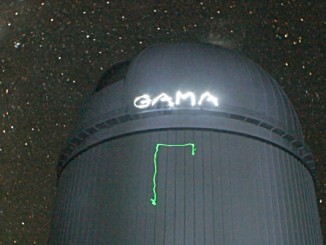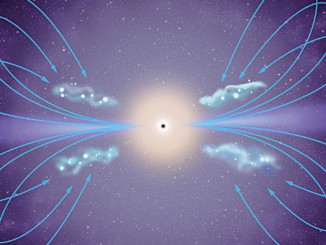
Astronomers discover nearby Jupiter-like exoplanet enshrouded in methane
The Gemini Planet Imager instrument has discovered and photographed its first planet. Dubbed 51 Eridani b, the body is a methane-enshrouded gas giant that is the most Jupiter-like exoplanet ever directly imaged, in a planetary system just 20 million years old. It may hold the key to understanding how large planets form in the swirling accretion discs around stars.









